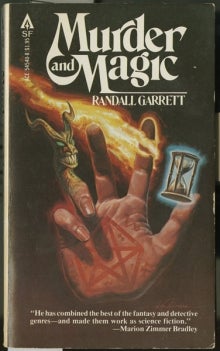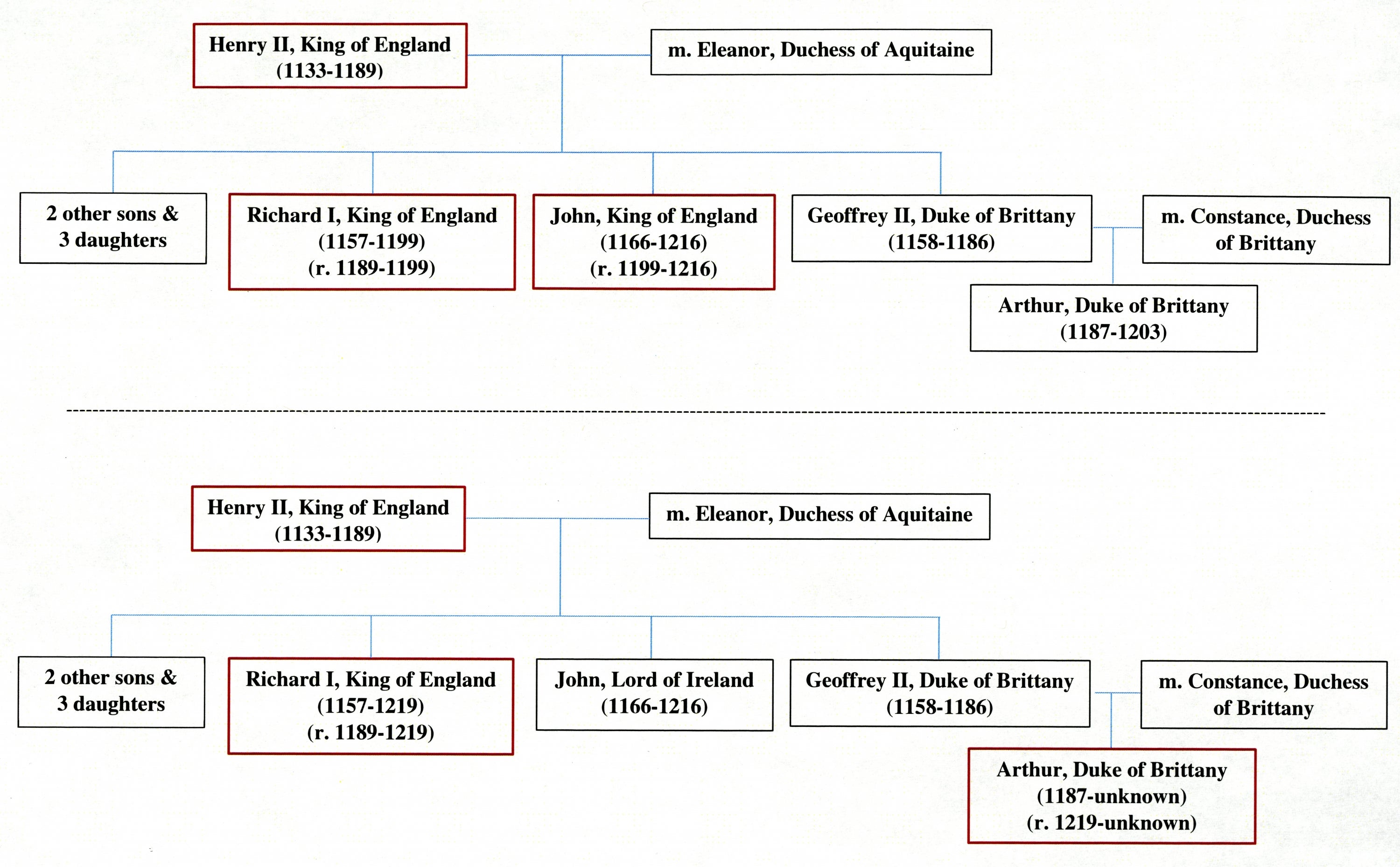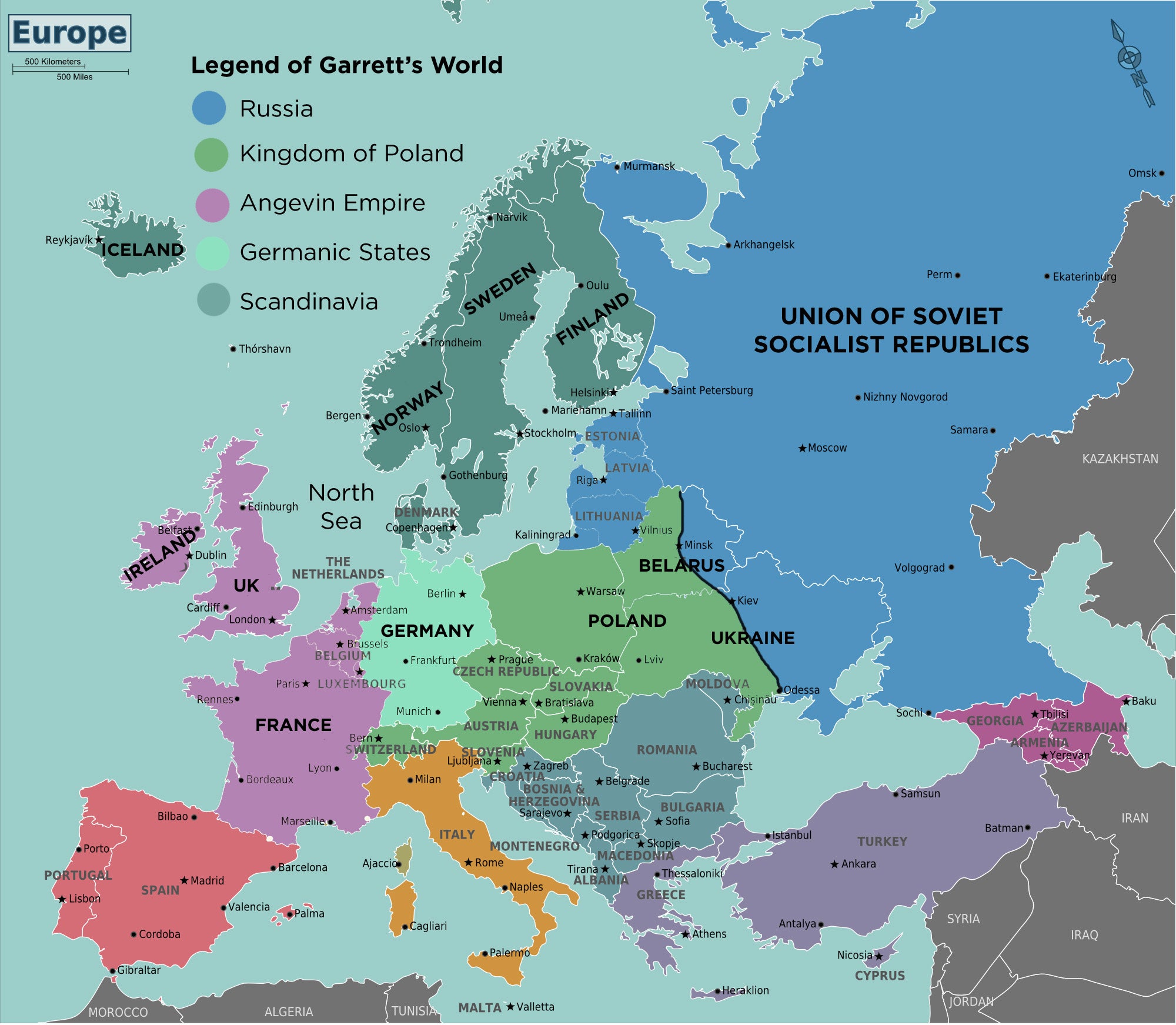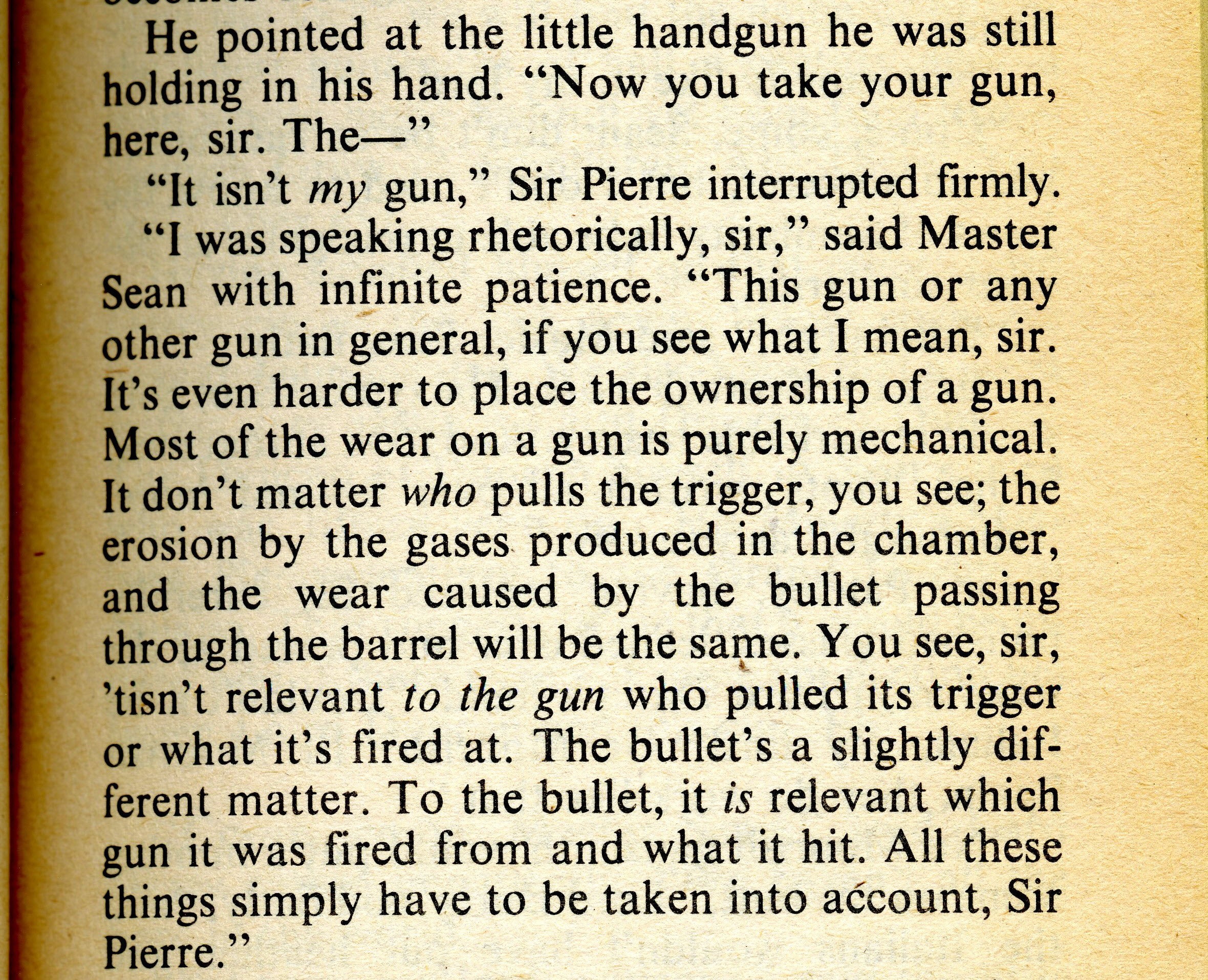Dana Porter Library, first floor
University of Waterloo Library
Waterloo, Ontario N2L 3G1
519-888-4567 x42619 or x42445
Recent blog posts
Blog topics
-
1492LandBackLane (1)
-
1900s (2)
-
Abyssinia (1)
-
advertisements (1)
-
album (1)
-
anatomy (1)
-
anniversary (1)
-
anti-suffragists (1)
-
archives (25)
-
arithmetic (1)
-
art (1)
-
autographs (2)
-
automation (1)
-
awards (1)
-
badges (1)
-
bank fraud (1)
-
barcodes (1)
-
beer (1)
-
Birth Control (1)
-
BLIND DATE (1)
-
book collection (1)
-
books (19)
-
bookworms (1)
-
botany (1)
-
Britain (1)
-
British history (1)
-
Burns (1)
-
Cambodia (1)
-
Canadian history (1)
-
casinos (1)
-
Catholicism (1)
-
censorship (1)
-
Charles Dodgson (1)
-
Chinese history (1)
-
clothing (2)
-
co-op (2)
-
co-op students (2)
-
cocoa (1)
-
community (1)
-
conservation (1)
-
correspondence (1)
-
COVID-19 (1)
-
Crochet (1)
-
culture (1)
-
Dance (1)
-
dancing (1)
-
detective (1)
-
dolls (1)
-
Drama (1)
-
Drawing (1)
-
ectoplasm (1)
-
Eid (1)
-
Eid Celebration (1)
-
eldritch horror (1)
-
employment (1)
-
Englishmen (1)
-
Eric McCormack (1)
-
Euclid (1)
-
Eugenics (1)
-
examinations (1)
-
exams (1)
-
exercise (1)
-
facsimiles (1)
-
fairy tales (1)
-
farms (1)
-
Fashion (1)
-
FINE ARTS (1)
-
fire (1)
-
five year plans (1)
-
flowcharts (1)
-
Frenchmen (1)
-
gas masks (1)
-
geese (1)
-
gender studies (1)
-
gender violence (1)
-
geography (1)
-
ghosts (2)
-
H.P. Lovecraft (1)
-
hidden art (1)
-
HIST250 (1)
-
history (6)
-
holy books (1)
-
horror fiction (2)
-
hydrography (1)
-
illustrations (1)
-
Indigenous (1)
-
inflation (1)
-
insects (1)
-
introduction (1)
-
journalists (1)
-
Kaufman Shoes (1)
-
Kitchener (2)
-
knitting (1)
-
Lady Aberdeen (1)
-
landscapes (1)
-
Latin (1)
-
Lewis Carroll (1)
-
LGBT studies (1)
-
libraries (1)
-
local history (1)
-
Lydia Dotto (1)
-
magazines (1)
-
magic (1)
-
mandibles (1)
-
marbling (1)
-
Marie Stopes (1)
-
media (1)
-
medicine (2)
-
Michael Fritsch (1)
-
midwifery (1)
-
murder (2)
-
mushroom (1)
-
mysteries (1)
-
mysticism (1)
-
Noel Hynes (1)
-
Novels (1)
-
nursery rhymes (1)
-
occult (2)
-
opera singers (1)
-
optimism (1)
-
outreach (1)
-
oxygen (1)
-
paleontology (1)
-
pharmacy (1)
-
photographs (5)
-
planning (1)
-
playboys (1)
-
Poetry (1)
-
pop-up books (1)
-
prejudice (1)
-
Pride (4)
-
pulp (1)
-
quietism (1)
-
quotes (1)
-
radio (1)
-
Ramadan (1)
-
rare books (11)
-
rates (1)
-
rationing (1)
-
religion (1)
-
repurposing (1)
-
research (1)
-
restaurants (1)
-
Romance (1)
-
rubber (1)
-
Sardinia (1)
-
satire (1)
-
science (1)
-
scrapbook (1)
-
scrapbooks (1)
-
seances (1)
-
Second World War (1)
-
Shoes (1)
-
smuggling (1)
-
Sorels (1)
-
spatulas (1)
-
spelling (1)
-
spiritualism (3)
-
spirituality (1)
-
staff (1)
-
Stamps (1)
-
steamships (1)
-
Stephen King (1)
-
Stranger Things (1)
-
students (3)
-
suffragists (3)
-
surveys (1)
-
telephones (1)
-
theatre (1)
-
theosophy (2)
-
Transcription (1)
-
trumpets (1)
-
typefaces (1)
-
urban planning (1)
-
vases (1)
-
volleyball (1)
-
waltzing (1)
-
wand (1)
-
water towers (1)
-
Waterloo (1)
-
Wedding (1)
-
women (1)
-
Women Studies (1)
-
women's studies (6)
-
Womens Rights (1)
-
world war i (1)
-
World War II (4)
-
WS (2)
-
zero gravity (1)
Blog posts by audience
- Post-doctoral fellows (1)
- Current students (12)
- Everyone (2)
- Future students (9)
- Faculty (10)
- Staff (10)
- Alumni (10)
- Parents (8)
- Donors | Friends | Supporters (9)
- Employers (7)
- International (7)
- Media (8)
Blog posts archive
Murder and Magic
 I know that I said I prefer real murder stories to fictional ones, but all rules have exceptions. My exception is fantasy. So, when I was scrolling through our catalogue for “murder”, I couldn’t help but stop at Murder and Magic by Randall Garrett (call number: F12827). The book is part of an alternative history series and stars a Detective Darcy who solves crimes with the help of a sorcerer. I was torn. “Detective” sounded a lot like Sherlock, and I didn’t want to have two detective stories on my plate; but “magic” sounded a lot like “I’ve been looking for a new fantasy book to read, and this may be the one!” The deciding factor was something silly: I had recently read Pride and Prejudice by Jane Austen. Mr. Darcy. Detective Darcy. I don’t believe in fate, but this seemed pretty close. I was convinced.
I know that I said I prefer real murder stories to fictional ones, but all rules have exceptions. My exception is fantasy. So, when I was scrolling through our catalogue for “murder”, I couldn’t help but stop at Murder and Magic by Randall Garrett (call number: F12827). The book is part of an alternative history series and stars a Detective Darcy who solves crimes with the help of a sorcerer. I was torn. “Detective” sounded a lot like Sherlock, and I didn’t want to have two detective stories on my plate; but “magic” sounded a lot like “I’ve been looking for a new fantasy book to read, and this may be the one!” The deciding factor was something silly: I had recently read Pride and Prejudice by Jane Austen. Mr. Darcy. Detective Darcy. I don’t believe in fate, but this seemed pretty close. I was convinced.
Alternative History
Murder and Magic, a compilation of short stories, is an alternative history because it takes place in a world where Richard, King of England and Duke of Normandy (also known as Richard the Lionheart), didn’t die in 1199, thus preventing his younger brother John from succeeding him. Garrett writes about a world where we would never have a thumb-sucking, greedy lion trying to thwart Robin Hood. Instead, we have a world where Richard is reinvigorated to develop the English Empire after his brush with death, and Arthur, his nephew, succeeds him to continue the Angevin line. Garrett says that he was called Good King Arthur, often being mistaken for the legendary King Arthur of Camelot for his chivalric leadership.
In our world, although Arthur was Richard’s heir (because Richard had no legitimate sons), the King later named John his successor, believing Arthur was too young to be King. In 1202, at fifteen, Arthur started a campaign against King John in Normandy and was presumably killed by John in 1203. 
Top: Family tree of the 3 Angevin Kings of England (in red boxes). Bottom: Family tree of Garrett’s reality.
As King, John began the ruin of the Angevin Empire by losing Normandy to the French in 1204. The Angevin Empire, consisting of mostly England and France, but also of parts of Ireland and Wales, was the collective name for all the assets acquired by the Angevin line of kings (i.e. Henry II, Richard I, and John).
Geography & Politics
Garrett’s story begins in 1964, with magic as a science, and an Angevin Empire greater than what Richard could have imagined. The Empire, ruled by King and Emperor John IV, includes England, France, Scotland, Ireland, New England (i.e. our North America), and New France (i.e. our South America). The Kingdom of Poland, which also includes parts of Russia, “as far as Minsk to the north and Kiev to the south” (Garrett 72), sought to conquer the Empire. However, their kingdom and navy were no match for those of the Empire, who also had Scandinavian allies surrounding the North Sea, making expansion into the west very difficult for Poland. Moreover, the Russian states had formed an alliance, prompting Poland to redirect her efforts from expanding to defending. The Germanic states were an independent territory and acted as a buffer between the Empire and Poland; for if one of those powers tried to march into the Germanies without warrant, the affected Germanic state would call upon the other for help.
My rough imagining of Garrett’s version of the world.
Map adapted from: http://www.lahistoriaconmapas.com/atlas/europe-map/europe-map-1960.htm (link broken as of 2020-04-20)
This is all based on our political map of Europe during the 1960s, making “parts of Russia” actually parts of the USSR, such as Minsk, capital of the Byelorussian SSR, and Kiev, capital of the Ukrainian SSR. One downside to Garrett’s world is that he doesn’t explain why things are as they are. For example, he doesn’t explain (at least in the first book) why North America wasn’t affected by the French like South America was, nor how New France came to be.
Magic, Science, & Art
An important (and my favourite) part of Garrett’s world is how magic is considered a science. Although anyone can understand the Laws of Magic and the logic they follow, not just anyone can manipulate them. Only those with the Talent who have studied it extensively can use magic, such as Master Sean O Lochlainn, a sorcerer who helps Lord Darcy solve crimes (kind of like Watson, except more useful). For example, instead of using a ballistics report to see if a bullet came from a certain gun, Master Sean uses the Law of Contagion, which states that “any two objects which have ever been in contact with each other have an affinity for each other[,] which is directly proportional to the product of the degree of relevancy of the contact and the length of time they were in contact” (31). This means that with the right spell, Sean can prove whether or not the bullet in the dead body came from the gun they had found earlier.
Excerpt from page 35: Explanation on “degree of relevancy” (Garrett).
Moreover, while church and state don’t seem to be very involved, strangely, the Church and magic are. In fact, “the law was rather strict on that point; no sorcerer could practice without the permission of the Church” (15). The Church is also responsible for the Healing Art, which is related, if not equivalent, to our medicine, making our science a kind of art in Garrett’s world.
As such, in the first book (of three, and we have the second one as well!) when Detective Darcy encounters a man practicing dark magic, his trusty partner Master Sean cannot help him, so they notify a priest. Master Sean does, however, help solve the crimes in each short story through his magical abilities and knowledge, which Darcy uses with his own keen observation skills to make sense of Sean’s magical results. Where Sean is talkative and friendly, Darcy is reserved and serious, but both have a great regard for the science and logic behind magic which allows the odd couple to effectively work together. We get to see their interesting interactions with each other and other characters in four different short stories in Murder and Magic.
Previous post: Murder in the Archives (pt. 1/2)






